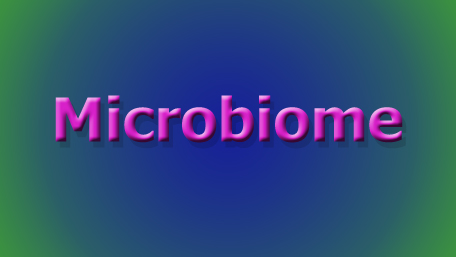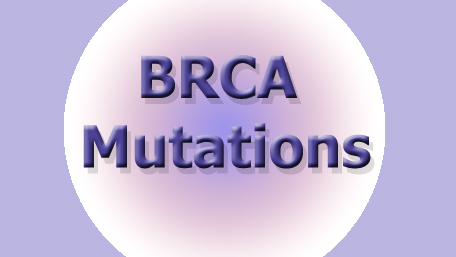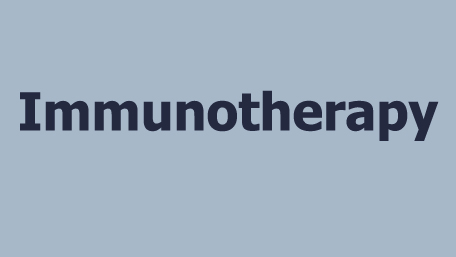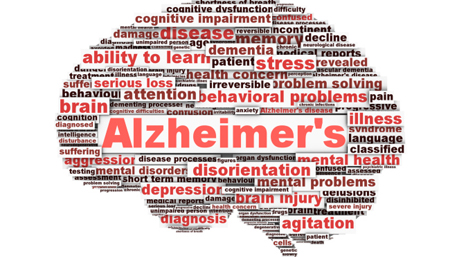
10/23/2020
Hot Topics of the Day are picked by experts to capture the latest information and publications on public health genomics and precision health for various diseases and health topics. Sources include published scientific literature, reviews, blogs and popular press articles.
Sign up MyPHGKB to receive the daily hot topic email alert.
Archived Hot Topics of the Day By Date
Living risk prediction algorithm (QCOVID) for risk of hospital admission and mortality from coronavirus 19 in adults: national derivation and validation cohort study.
Clift Ash K et al. BMJ (Clinical research ed.) 2020 10 m3731
Susceptibility to severe COVID-19
DB Beck et al, Science, October 23, 2020
Modeling COVID-19 scenarios for the United States
IHME, Nature Medicine, October 23, 2020
A powerful argument for wearing a mask, in visual form: Real-time pandemic data paints a vivid picture of the relationship between mask-wearing and the prevalence of covid-19 symptoms
C Ingraham, Washington Post, October 23, 2020
Why decoding the immune response to COVID matters for vaccines
Nature editorial, October 21, 2020
Association Between Social Vulnerability and a County's Risk for Becoming a COVID-19 Hotspot - United States, June 1-July 25, 2020.
Dasgupta Sharoda et al. MMWR. Morbidity and mortality weekly report 2020 Oct (42) 1535-1541
Covid-19: Increased risk among ethnic minorities is largely due to poverty and social disparities, review finds
G Lacobucci, BMJ, October 22, 2020
Translating the microbiome in health and disease
Genome Medicine special issue, October 2020
Integration of functional assay data results provides strong evidence for classification of hundreds of BRCA1 variants of uncertain significance.
Lyra Paulo C M et al. Genetics in medicine : official journal of the American College of Medical Genetics 2020 Oct
The Current Landscape of Immune Checkpoint Blockade in Hepatocellular Carcinoma- A Review
M Pinter et al, JAMA Oncology, October 22, 2020
Association of Uncommon, Noncoding Variants in the APOE Region With Risk of Alzheimer Disease in Adults of European Ancestry
EE Blue et al, JAMA Network Open, October 22, 2020
Should you choose your baby's eye color?
K Swisher, NY Times, October 22, 2020
Pathogen genomics initiative to boost disease control in Africa
CB De Villiers, PHG Foundation, October 21, 2020
Disclaimer: Articles listed in Hot Topics of the Day are selected by Public Health Genomics Branch to provide current awareness of the scientific literature and news. Inclusion in the update does not necessarily represent the views of the Centers for Disease Control and Prevention nor does it imply endorsement of the article's methods or findings. CDC and DHHS assume no responsibility for the factual accuracy of the items presented. The selection, omission, or content of items does not imply any endorsement or other position taken by CDC or DHHS. Opinion, findings and conclusions expressed by the original authors of items included in the Clips, or persons quoted therein, are strictly their own and are in no way meant to represent the opinion or views of CDC or DHHS. References to publications, news sources, and non-CDC Websites are provided solely for informational purposes and do not imply endorsement by CDC or DHHS.
- Page last reviewed:Feb 1, 2024
- Page last updated:Apr 25, 2024
- Content source:








